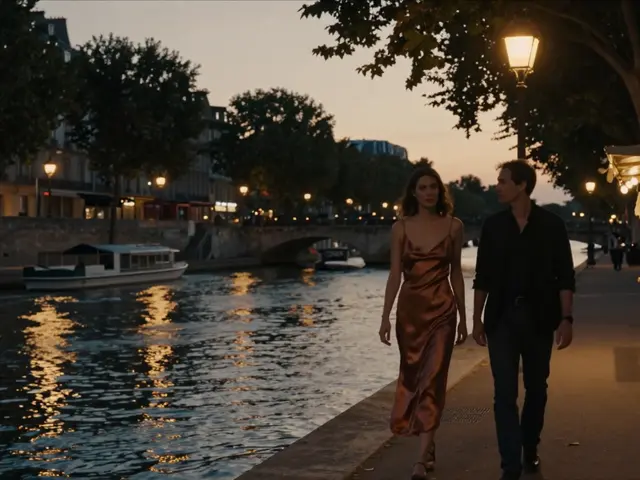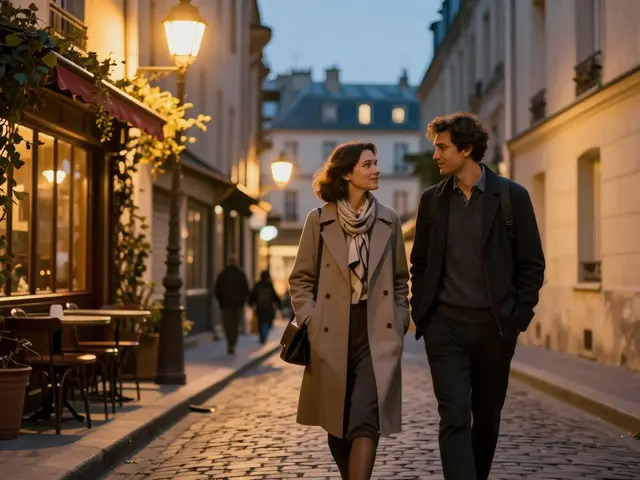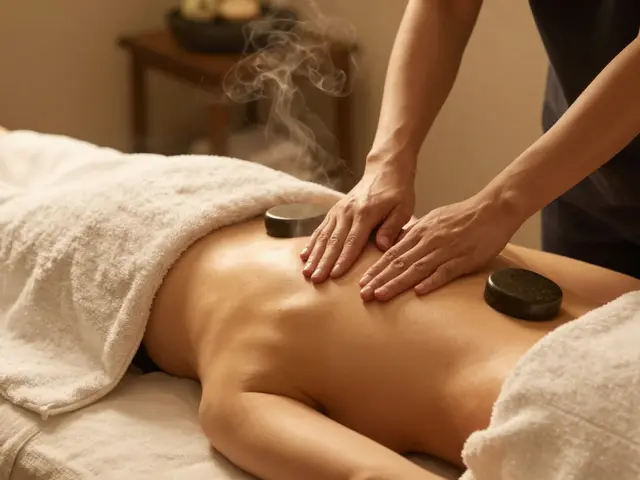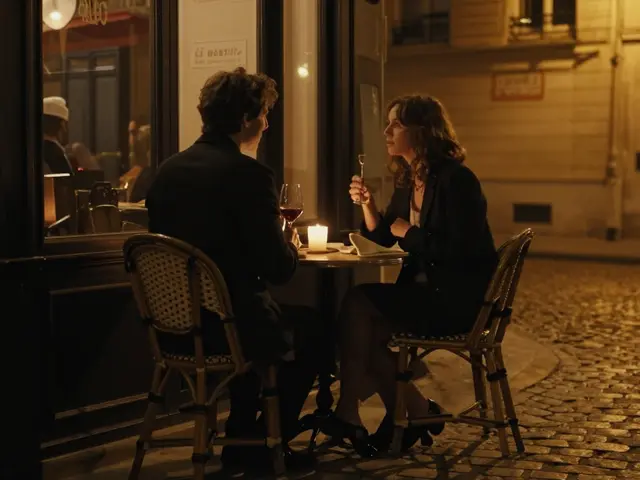Paris Nightlife History: From Cabarets to Modern Clubs
Ever wondered how Paris became the city that never sleeps? The answer lies in a century‑long party that started in smoky cafés and ended on river‑front dance floors. Knowing the backstory helps you pick the right spot and avoid rookie mistakes.
Classic Cabarets and the Birth of the Night Scene
In the late 1800s, Montmartre turned into a playground for artists, writers, and curious tourists. Places like the Moulin Rouge and Folies Bergère offered can‑can dancers, bold costumes, and a free‑wheeling vibe that shocked the polite society of the time. These venues weren’t just about entertainment; they set the rules for a night that could be wild, artistic, and a bit scandalous.
By the 1920s, the Jazz Age arrived. Jazz clubs along the Seine and in the Latin Quarter welcomed American musicians, and the city’s nightlife grew louder and faster. The iconic Le Chat Noir became a hub where poetry met piano, proving that Paris could blend culture with nightlife without losing its edge.
World War II interrupted the scene, but the post‑war boom revived it. The 1950s and ’60s saw the rise of chanson cafés and rooftop bars where singers like Édith Piaf sang to packed audiences. Nightlife became a mix of music, dance, and a taste for the exotic, laying the groundwork for the clubs we know today.
Today's Hotspots and How to Experience Them
If you’re out in 2025, the city offers everything from historic venues to ultra‑modern clubs. Petit Bain drifts on the Seine and hosts live bands, DJs, and river parties that feel like a floating festival. For a high‑energy night, Jangal brings jungle beats and colorful lights that attract a younger crowd.
Fans of electronic music head to Matignon, where top DJs spin house and techno in a sleek space that’s perfect for an all‑night dance marathon. Le Duplex stays busy on weekends with themed nights, VIP tables, and a dress code that leans toward smart‑casual. Knowing the dress expectations can save you an embarrassing turn‑away at the door.
Getting around is easy if you plan ahead. The metro runs late on Fridays and Saturdays, but many clubs are outside the most central zones, so a short taxi or rideshare is worth budgeting for. And because the party often starts after dinner, making a reservation at a nearby bistro can keep the night flowing without long waits.
Safety matters, too. Keep an eye on your drinks, stick with friends or trusted companions, and store valuables in a secure bag. Many visitors combine a night out with a discreet escort service to add a touch of elegance and companionship. If you go this route, choose a reputable agency, discuss expectations clearly, and respect local laws.
Finally, don’t forget the little details that make a night unforgettable: a quick check of the club’s entry fee, a backup plan if the chosen venue is too crowded, and a willingness to try something new. Whether you’re sipping cocktails in a historic cabaret or dancing till sunrise on a riverboat, Paris’ nightlife history gives you a roadmap to an epic evening.





